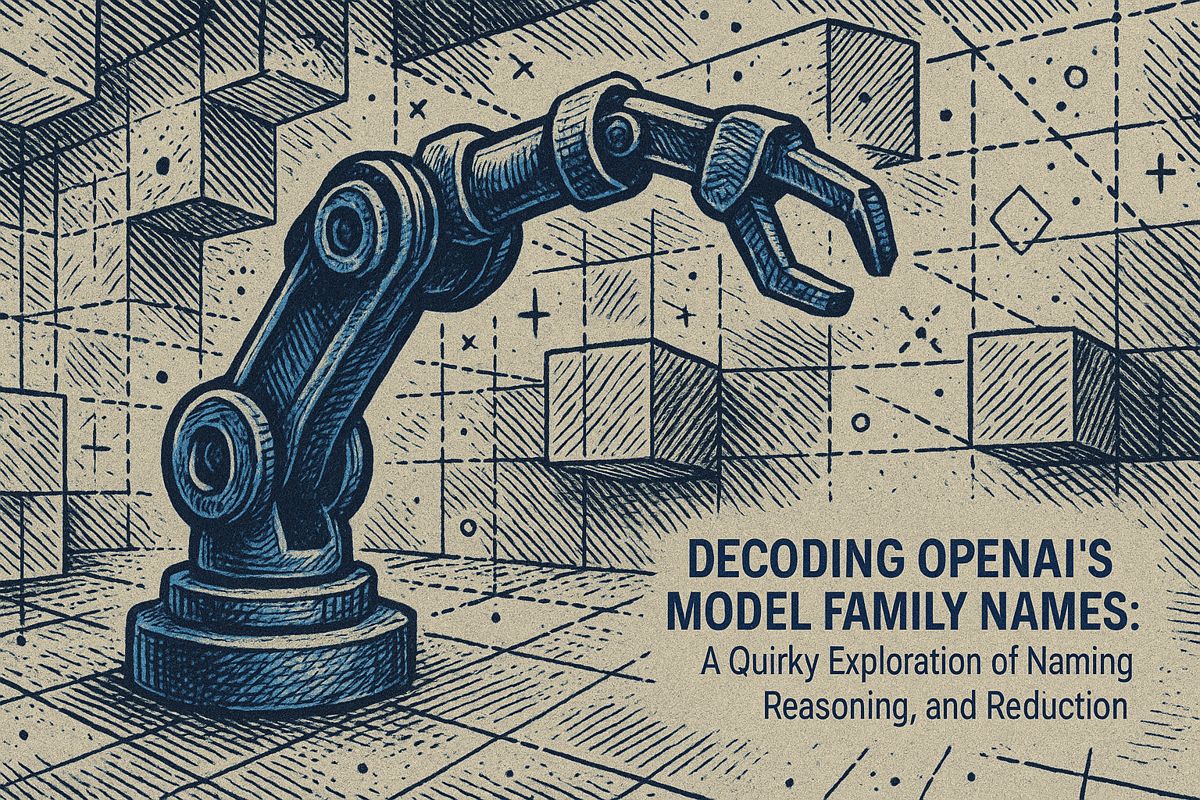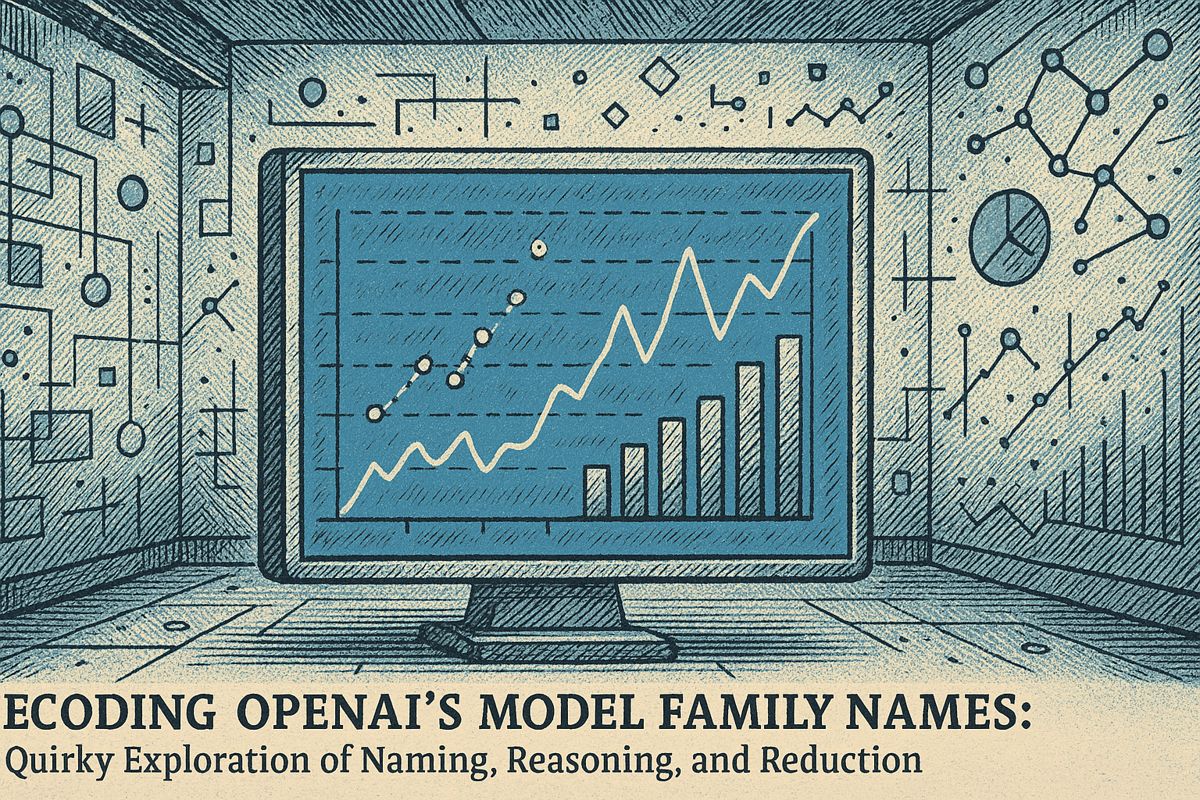The adoption of open-source AI is reshaping budgets across Silicon Valley, driven by major gains in cost-effectiveness and performance. Startups and cloud incumbents alike are achieving lower operational costs and faster iteration by swapping proprietary APIs for locally-hosted models.
This transition is fueled by the convergence of open codebases, expanding context windows, and declining GPU prices, which are collectively altering the competitive landscape. However, internal debates persist regarding optimal tuning methods and the real-world applicability of performance benchmarks.
Why finance teams finally green-lit open weights
The primary driver for financial approval is significant cost reduction. By migrating to open-source AI stacks, organizations achieve an average of 26% savings on model operating costs. This allows teams to reallocate funds, accelerate development, and scale AI initiatives without proportional increases in spending on proprietary APIs.
Cost is the most significant factor driving this adoption. A recent QuantumBlack analysis reveals that organizations save an average of 26 percent on model operating costs by migrating to open-source stacks (McKinsey PDF). These savings can increase to 30 percent for teams that self-host smaller 15-30B parameter models instead of using expensive GPT-class APIs. Marketing departments have seen the greatest impact, reducing content generation expenses by 5 percent over closed-source tools.
Benchmarks or bust: the Kimi K2 debate
Performance benchmarks are a key area of discussion, exemplified by the debate around MoonshotAI’s Kimi K2-0905. Running on Groq silicon, Kimi offers an impressive 256k token context window. Independent tests show it achieves 95 percent success in tool-calling and delivers up to 349 tokens per second, outperforming LLaMA 70B on structured tasks (Galaxy comparison). However, its higher cost – approximately $1.35 per million tokens – means some companies prefer more affordable Claude models for large-scale code generation.
Fine-tuning vs prompt craft: a persistent confusion
A common challenge facing engineering teams is the confusion between fine-tuning and advanced prompt engineering. Developers frequently request fine-tuning for tasks like improving JSON output, when simple prompt adjustments would be more effective. Prompt engineering is best for low-volume or rapidly changing tasks, whereas fine-tuning is cost-effective only for high-volume, stable applications. This misunderstanding often leads to wasted resources, as teams initiate unnecessary training jobs instead of leveraging reusable community prompts.
One product lead describes the choice with a simple rule of thumb:
– If you change data weekly, prompt; if your schema never moves, tune.
Hybrid playbooks emerge
In response to these trade-offs, large enterprises are adopting hybrid AI strategies. A typical approach involves using an open-source model like Llama 3.1 for internal analytics on private data, deploying a long-context model such as Kimi K2 for customer-facing agents, and maintaining a proprietary model for complex reasoning tasks. Gartner forecasts that 70 percent of companies will adopt similar hybrid pipelines by the end of the year.
Geographic clustering and talent flow
The open-source AI movement is increasingly global, with Silicon Valley no longer holding a monopoly on innovation. International participation is growing, as evidenced by the significant presence of venture scouts from Berlin and Bangalore at events like Stanford’s Agentic AI Summit. Despite this decentralization, specialized talent remains concentrated, with payroll data showing that San Jose engineers with expertise in Mixture-of-Experts (MoE) architectures command some of the highest salaries globally.
Looking ahead
Looking forward, corporate boards increasingly see open-source AI not as a risk, but as a strategic advantage for compliance and security. The transparency of open models simplifies auditing, while the ability to self-host mitigates fears of vendor lock-in. The next critical challenge will be establishing robust governance frameworks to manage real-time changes to these powerful, mission-critical systems.



















